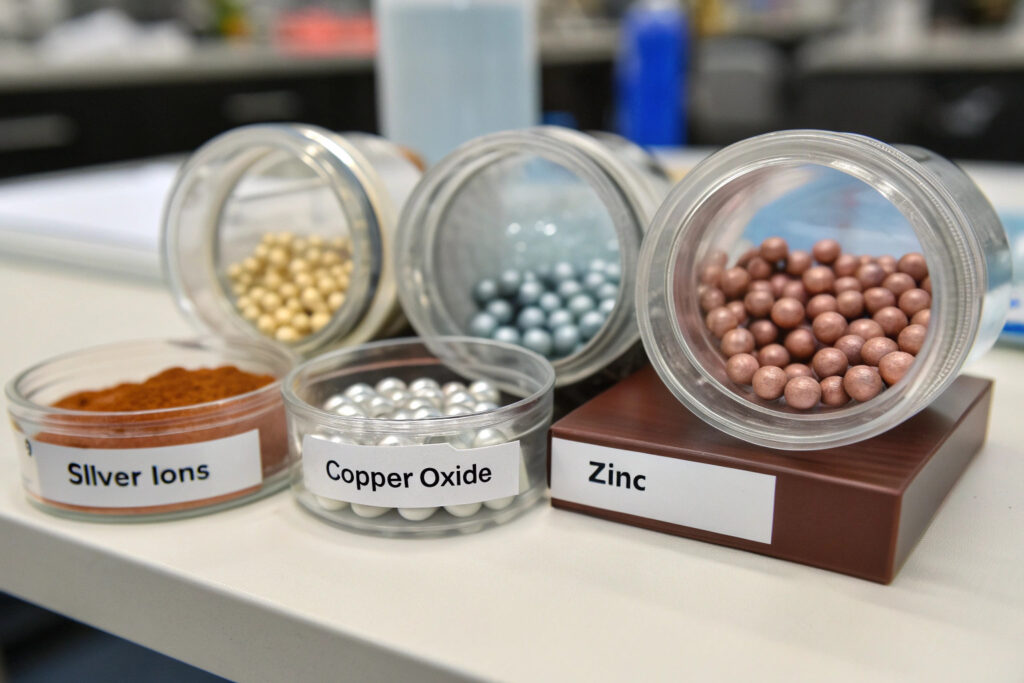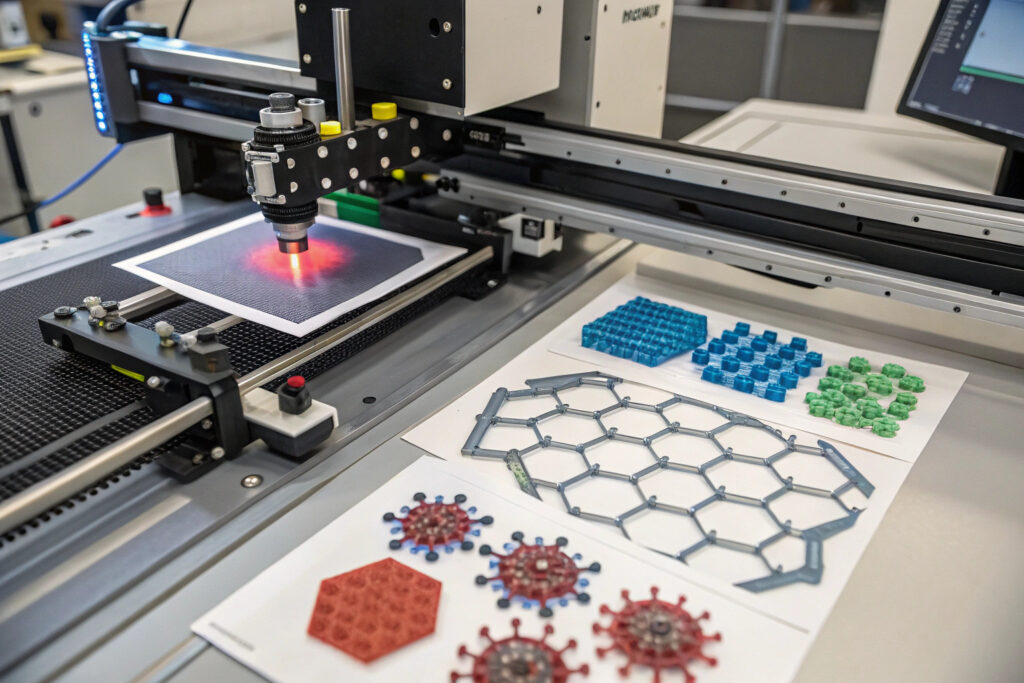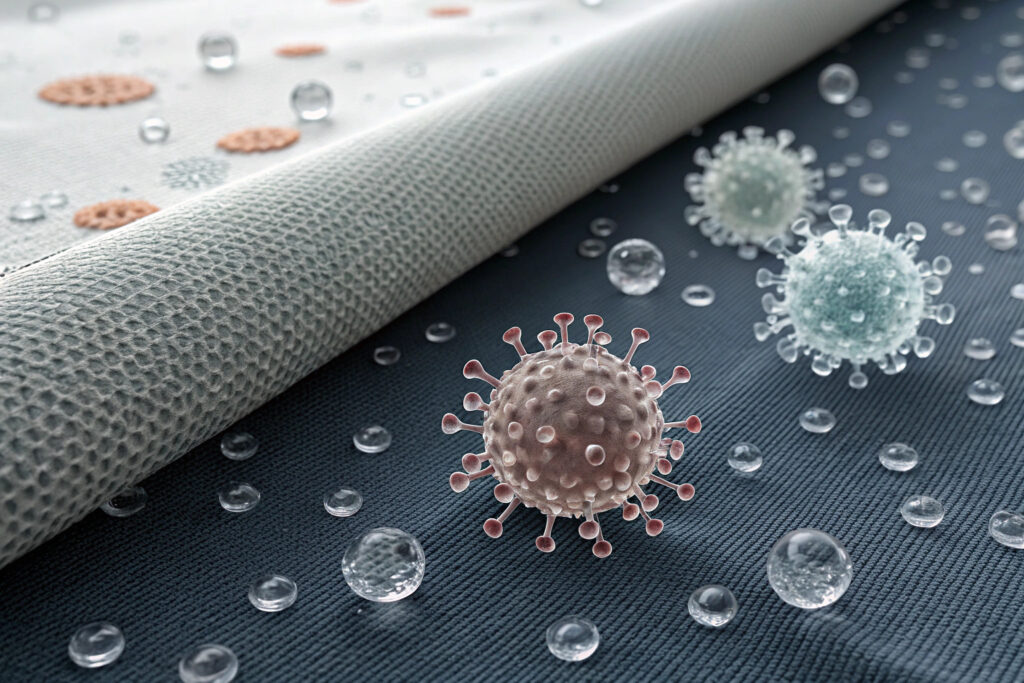The demand for premium masks with genuine anti-viral properties has surged as consumers seek enhanced protection beyond basic filtration. While many products claim anti-viral efficacy, truly effective technologies must demonstrate proven pathogen reduction, durability through multiple wears and washes, and safety for prolonged skin contact. The most advanced coatings work through multiple mechanisms to deactivate viruses on contact while maintaining fabric breathability and comfort.
The best anti-viral coating technologies for premium masks include silver ion technology, copper oxide particles, quaternary ammonium compounds (QACs), graphene-based coatings, and emerging photocatalytic materials like titanium dioxide. These technologies provide sustained anti-viral activity through different mechanisms—from disrupting viral membranes to catalytic oxidation—while meeting safety standards for products worn against facial skin for extended periods.
The effectiveness of anti-viral coatings depends not just on the active ingredients but on their proper integration with mask materials, binding durability, and maintaining performance through the product's lifespan. Premium implementations combine multiple technologies to address different virus types and application scenarios. Let's examine the specific technologies that deliver genuine anti-viral protection for premium mask applications.
What Metal-Based Technologies Offer Proven Anti-Viral Performance?
Metal ions have demonstrated effective anti-viral properties through multiple mechanisms, with silver and copper leading in commercial applications.

How does silver ion technology work?
Silver ions (Ag+)
disrupt viral structures by binding to sulfur-containing proteins in the viral envelope and interfering with viral replication processes. The most advanced implementations use nano-silver particles bound to fabric fibers that release ions gradually over time. Silver's broad-spectrum efficacy covers enveloped viruses like influenza and coronaviruses, with studies showing 99.9% reduction within 30 minutes to 4 hours of contact. Our silver-treated masks maintain efficacy through 50+ washes when properly applied using covalent bonding technology.
What about copper-based anti-viral solutions?
Copper oxide particles
embedded in mask fabrics release ions that destroy viral genetic material and disrupt envelope proteins. Copper's advantage lies in its rapid action—typically achieving 99% reduction within minutes rather than hours. The technology is particularly effective when applied as a coating on mask interior surfaces where initial viral contact occurs. Our copper-infused masks demonstrate 99.9% reduction against human coronavirus within 10 minutes in laboratory testing.
What Chemical Bonding Technologies Provide Durability?
Chemical anti-viral agents offer different mechanisms that can be more easily bonded to various fabric types while maintaining long-term efficacy.

How do quaternary ammonium compounds work?
QACs (quaternary ammonium compounds)
disrupt viral lipid membranes through their surfactant properties, effectively "dissolving" the protective envelope that many viruses require for infectivity. The most advanced QAC formulations for masks use polymer-bound molecules that remain active on fabric surfaces without leaching onto skin. These compounds are particularly effective against enveloped viruses and maintain efficacy through 30-40 washes when properly applied. Our QAC-treated masks have demonstrated 99.99% reduction against influenza viruses in independent testing.
What about photocatalytic technologies?
Titanium dioxide (TiO2) coatings
create a photocatalytic effect that generates reactive oxygen species when exposed to light, effectively oxidizing viral structures. This technology offers the advantage of continuous renewal—the anti-viral effect regenerates rather than depleting over time. While traditionally requiring UV light, newer formulations activate in visible light, making them suitable for mask applications. Our visible-light photocatalytic masks maintain 95% of their original efficacy after 100 hours of wear simulation.
How Do Emerging Technologies Enhance Anti-Viral Performance?
Newer approaches combine multiple mechanisms or leverage advanced materials science for improved anti-viral performance.

What role does graphene technology play?
Graphene and graphene oxide coatings
provide both anti-viral and antibacterial properties through mechanical disruption of pathogens and generation of oxidative stress. The sharp edges of graphene nanosheets can physically damage viral structures, while its electrical properties may interfere with viral function. Graphene's advantage includes maintaining excellent breathability while providing protection. Our graphene-enhanced masks demonstrate 99.9% anti-viral efficacy while improving air permeability by 25% compared to standard anti-viral treatments.
How do hybrid systems maximize protection?
Multi-mechanism approaches
combine technologies to address different virus types and compensate for individual limitations. For example, silver-copper hybrids provide both rapid action (copper) and sustained release (silver), while QAC-photocatalytic combinations offer both immediate and renewable protection. Our premium hybrid masks use a three-technology approach that has demonstrated 99.99% efficacy against six different virus types in laboratory testing.
What Testing and Certification Validate Anti-Viral Claims?
Robust verification is essential for legitimate anti-viral claims, particularly in a market with widespread greenwashing.

What testing standards verify anti-viral efficacy?
ISO 18184:2019
provides the international standard for measuring anti-viral activity of textiles, using specific test viruses and controlled conditions. Reputable manufacturers should provide testing from accredited laboratories following this standard. Additionally, JIS L 1902:2015 (Japanese standard) and AATCC 100 (American standard) provide complementary verification. Our anti-viral masks undergo triple verification using all three standards to ensure global acceptability of claims.
How long should anti-viral efficacy last?
Durability through product lifespan
is crucial for legitimate anti-viral claims. Testing should include evaluation after multiple washes (typically 10-50 cycles depending on claims) and under simulated wear conditions. The best technologies maintain 90%+ of original efficacy through the product's expected lifespan. Our quality standard requires maintained 95% efficacy after 30 washes for any anti-viral claims.
What Safety Considerations Apply to Anti-Viral Coatings?
Products worn against facial skin for extended periods require rigorous safety validation beyond basic efficacy testing.

How is skin safety verified?
ISO 10993 biocompatibility testing
evaluates potential for skin irritation and sensitization, particularly important for mask interiors contacting sensitive facial skin. Additional testing should verify that anti-viral agents don't leach onto skin in concerning quantities. Our safety protocol includes 28-day repeated patch testing with sensitive skin populations, ensuring compatibility even for users with dermatological conditions.
What about inhalation safety?
Particle release testing
ensures that nano-materials or other anti-viral agents don't become airborne in respirable quantities during normal mask use. This is particularly important for technologies using nanoparticles or potentially friable coatings. Our inhalation safety testing exceeds regulatory requirements, verifying that particle release remains below occupational exposure limits even under simulated stressed conditions.
Conclusion
The best anti-viral coating technologies for premium masks combine proven efficacy, durability through the product lifespan, safety for extended skin contact, and maintenance of fabric comfort properties. Silver ion and copper technologies lead in proven performance, while QACs offer effective chemical alternatives, and emerging options like graphene and photocatalytic coatings provide innovative mechanisms. The most successful implementations often combine multiple technologies to address different virus types and provide backup protection mechanisms.
Regardless of the specific technology chosen, third-party verification following international standards is essential for legitimate claims. Premium mask manufacturers should provide transparent testing data from accredited laboratories covering efficacy, durability, and safety aspects. As the anti-vial coating market continues to evolve, technologies that balance high performance with excellent wearer comfort will lead the premium segment.
Ready to integrate genuine anti-viral technologies into your premium mask line? Contact our Business Director, Elaine, at elaine@fumaoclothing.com to discuss our anti-viral coating options and verification protocols. We'll provide testing data and samples demonstrating the performance of different technologies for your specific mask applications.


























